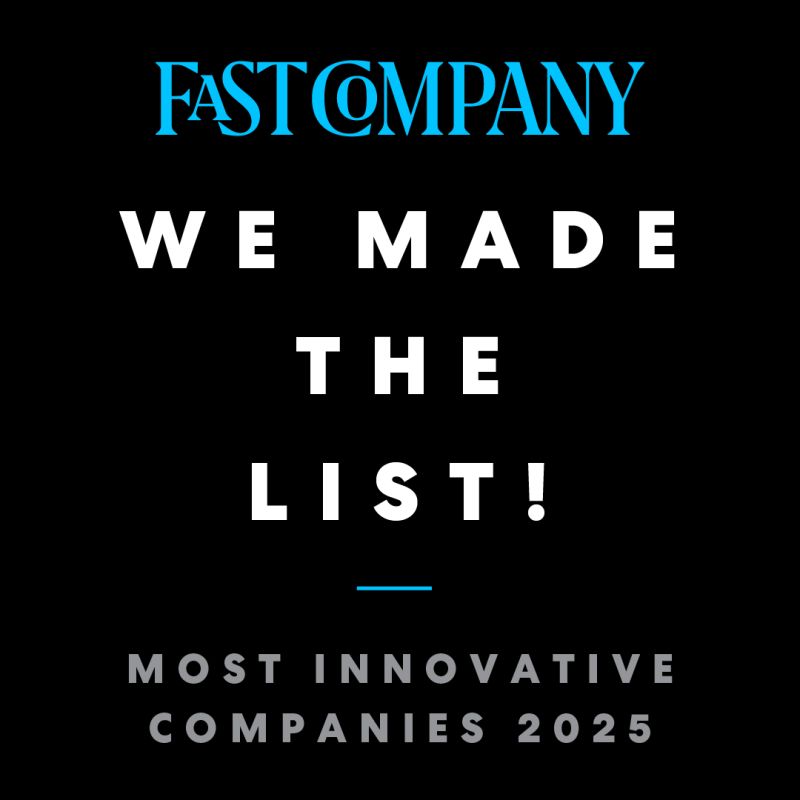How to Rebuild Your Materials Requisition Process

Procurement starts with materials planning and ends with payments, but at the end of the day, the whole point of the process is to ensure field teams get the right materials at the right time. Requesting is one of the most critical steps to keep projects on track and prevent bottlenecks.
If your operation is disorganized, the best-laid plans could stand to be better. See how messy requisition processes can slow down construction planning and hurt job progress and what steps you can take to turn things around.
Deconstruct communication between your office and the field.
The requisition process comes with several frequent struggles, from rushed requests to field teams being forced to call vendors directly to delays and higher job spend.
Your operation needs accurate and timely material delivery to streamline procurement, but disorganization and communication breakdowns zap efficiency, accountability, and quality management.
Imagine communicating back and forth between the field and office to try to get the right materials for a job. If you aren’t on the same page, you could wind up with incorrect or excess materials. Things get lost in translation for a few reasons:
- Information is lost or misinterpreted between the office and the field because requisitions come across in various formats.
- The field doesn’t know or remember specs, so the office doesn’t have all the necessary information to make the correct order.
What’s your biggest stumbling block? Identifying inefficiencies in the requisition phase of construction planning is the first step to improving the process.
Flag breakdowns in the material requisition process.
Countless roadblocks can obstruct the requisition process depending on the job, your team, and how you operate. Here are some of the most common mistakes to look for and what to do about them.
- There’s no standardized procedure for generating requisitions. Procurement managers must currently sort through an array of notes, texts, emails, and carrier pigeon slips.
- Standardized requisition forms don’t exist. Disorganized requisition information? Create an established process to reduce cycle times.
- There’s no central location to log requisitions. Too many jobs to manage? Don’t waste time trying to make sense of it all. Establish a central dashboard for requisition data.
- Requisitions are created on paper. Using pen and paper? Stop trying to keep it all together and read everyone’s handwriting. It’s time to digitize field requisitions.
- Requisitions are made by phone and text message. Seem faster to rattle off a message? Think again. Requisitions must come in standardized format consistently to avoid miscommunication and manual data entry.
- The field isn’t given an approved materials list. Have purchasing requirements? Ensure the field knows what they can and can’t request inside a unified system.
- Field teams don’t know what’s in the warehouse. Maintain a warehouse? Save time and money by using materials on hand—and ensure field teams have inventory access.
- Field teams don’t know the status of an order. Getting repeat requests? Teams might not know their order is already in. Spread the word to improve efficiency and reduce double ordering.
Take stock of these challenges. Acting early is an opportunity to be proactive and grow the business rather than accepting inherent errors and inefficiencies.
Craft a requisition framework.
To streamline material requests and avoid headaches, build a structured process for your field, office, and warehouse teams to follow. However it takes shape, a consistent, organized requisition process that works for your team will create efficiency and stability.
Standardize your procedures.
Define clear steps for creating, tracking, and fulfilling material requests so everyone knows what’s expected along the way, no matter which jobsite they’re on. This will save time with predictable collaboration across the team and prevent a lot of frustration. When there are missteps, it will be much easier to identify what went wrong and how to improve the process going forward.
Utilize requisition forms to increase speed and order accuracy.
Streamline ordering with standard forms to avoid miscommunication and expedite procurement. You might opt for Excel spreadsheets that can automate calculations or even procurement software with material data baked in.
Simplify requisition management with a dashboard.
Track every requisition in one place. Procurement software gives dashboard visibility on either desktop or mobile app and enables teams to search, filter, and sort requisitions to fulfill them faster.
Eliminate paper.
No more hard copies; no more pizza boxes. Boost productivity and reduce manual errors by making requisitions digital via spreadsheets or procurement software.
Reduce phone calls and text messages.
Don’t look back at a text thread or try to recall a phone conversation. Procurement software can act as a shared platform for standardized communication and create an audit trail.
Have an approved materials list from which to choose.
Give the field team guardrails to ensure compliance with each job. Provide an approved material list inside your procurement software so teams can efficiently order materials and understand job specs, avoiding costly errors.
Have real-time visibility into warehouse inventory.
Take stock of the warehouse with spreadsheets or inventory management tools. See which materials are coming and going, get insights into current inventory value, and avoid double ordering materials you already have with real-time insights.
Provide field teams with order statuses.
Eliminate unknowns and frustration with clear communication. Leverage mobile notifications from your procurement software to keep field teams updated on open orders so they can stay focused and manage expectations.
Build consistency into construction planning.
Material requisition is a vital piece of construction planning, giving your teams the tools they need to complete each job. However, it can go off the rails quickly if you don’t have clean processes in place, leading to miscommunication and wasted time and money.
Avoid the roadblocks and implement the right tools and best practices to streamline requisitions. Read our e-book, 7 Steps to Better Procurement for Specialty Contractors, for deeper insights into requesting and procurement as a whole.
Related posts


Kojo Named One of Fast Company’s Most Innovative Logistics Companies of 2025


Industry Insights From MEP Innovation 2025: Trends We Observed




.png)
%201.svg)